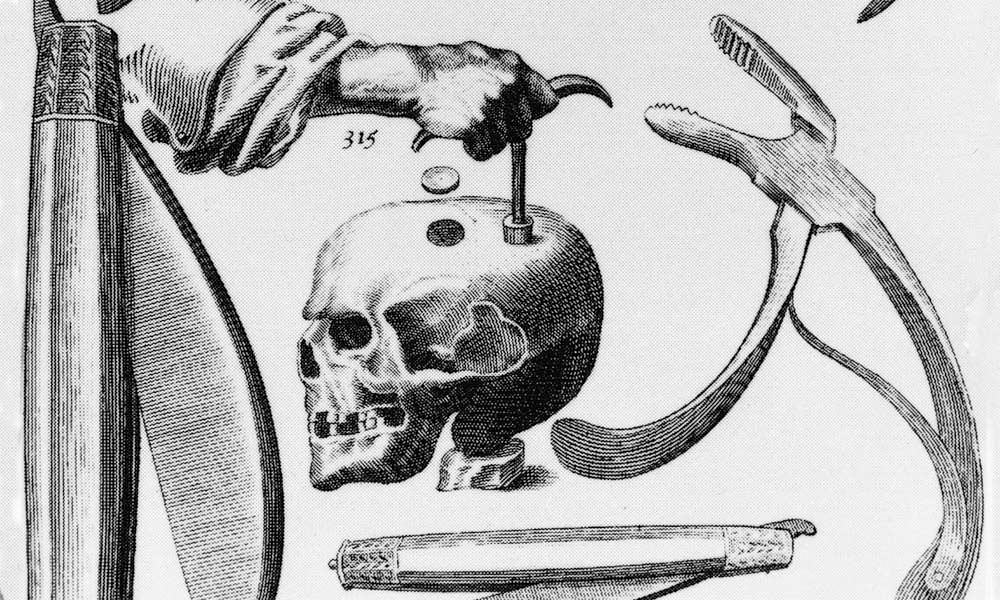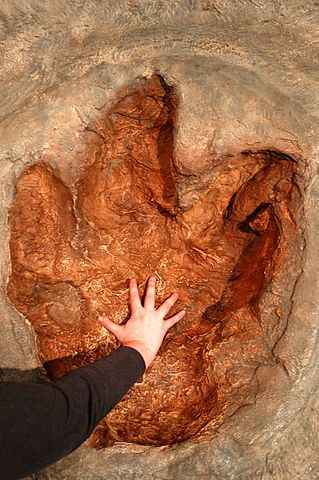Key facts
#Haemophilia is an inherited bleeding disorder, which means it can be passed on from birth parents to their children.
#If you have haemophilia, your blood doesn’t clot properly, which makes it difficult to control bleeding.
#Some people have mild haemophilia, while others are more severely affected.
#The main symptoms of haemophilia are easy bruising, having large bruises, and greater than normal bleeding from surgery or menstruation.
#There is no cure for haemophilia, but heavy bleeding can be controlled with medical treatment.
Introduction
Haemophilia is an inherited bleeding disorder, which means it can be passed on from birth parents to their children. If you have haemophilia, your blood doesn’t clot properly. This can lead to bleeding that is difficult to control.
When a blood vessel is injured, special proteins in the blood called ‘clotting factors’ act to control blood loss by plugging or patching up the injury. People with haemophilia have lower than normal levels of a clotting factor.
Types of Haemophilia
There are 2 types of haemophilia.
1.Haemophilia A (also called classic haemophilia) is the most common type. It is caused by a lack of clotting factor 8.
2.Haemophilia B (sometimes called Christmas disease) is caused by a lack of clotting factor 9.
It is important to know the type of haemophilia you have, as each type requires different clotting factor treatment.
Some people have mild haemophilia, while others are more severely affected.
Symptoms of Haemophilia
The main signs of haemophilia are:
*Easy bruising from an early age.
*Internal bleeding for no obvious reason, especially in the joints and muscles.
*Greater than normal bleeding following injury or surgery.
*Abnormally heavy bleeding during menstruation or after giving birth.
Although bleeding problems often start from a very young age, some children don’t have symptoms until they begin walking or running. People with mild haemophilia may not bleed excessively until they get an injury or have surgery.
Causes of Haemophilia
Haemophilia is an inherited condition and occurs in families, but 1 in 3 people with haemophilia will have it even without a family history of the disorder.
Haemophilia is caused by a mutation in a gene that is located on the X chromosome.
Females have 2 copies of the X chromosome in body cells, while males have one X chromosome and one Y chromosome. For this reason, haemophilia is much more common in males. Females who inherit a gene for haemophilia often have an unaffected gene on their other X chromosome. This means that they while they can pass on the gene for haemophilia to their children (be a genetic carrier), they may not be affected by haemophilia themselves.
Diagnosis
If your doctor suspects that you have haemophilia, they may refer you for blood tests to measure the levels of clotting factors in your blood. These tests can show the type and severity of the disease.
Genetic testing can often confirm a diagnosis of haemophilia, but in some cases, doctors won’t know if you have a gene mutation.
Treatment
There is currently no cure for haemophilia. It is possible to manage haemophilia effectively, although it can be complex.
When someone with haemophilia has a bleeding episode, they will need treatment to help their blood clot and stop the bleeding. This usually involves giving clotting factors by infusion or injection.
If you have haemophilia, you need to be very careful not to injure yourself. Be sure to learn how to recognise a bleed, as there may be no visible signs of bleeding, for example, if your bleed inside your body.
Australian guidelines recommend that people with haemophilia get care from a team of healthcare professionals. This team may include doctors (GPs and/or specialists) nurses, medical scientists, physiotherapists, social workers and psychologists.
If you are diagnosed with haemophilia, you should ask your doctor about the benefits of referral to a haemophilia treatment centre, where a health team can provide you with comprehensive care.
Complications of Haemophilia
The most common complication of the haemophilia is damage to joints and muscles that result from bleeding into these areas. These complications are best managed by a multidisciplinary health care team.

















